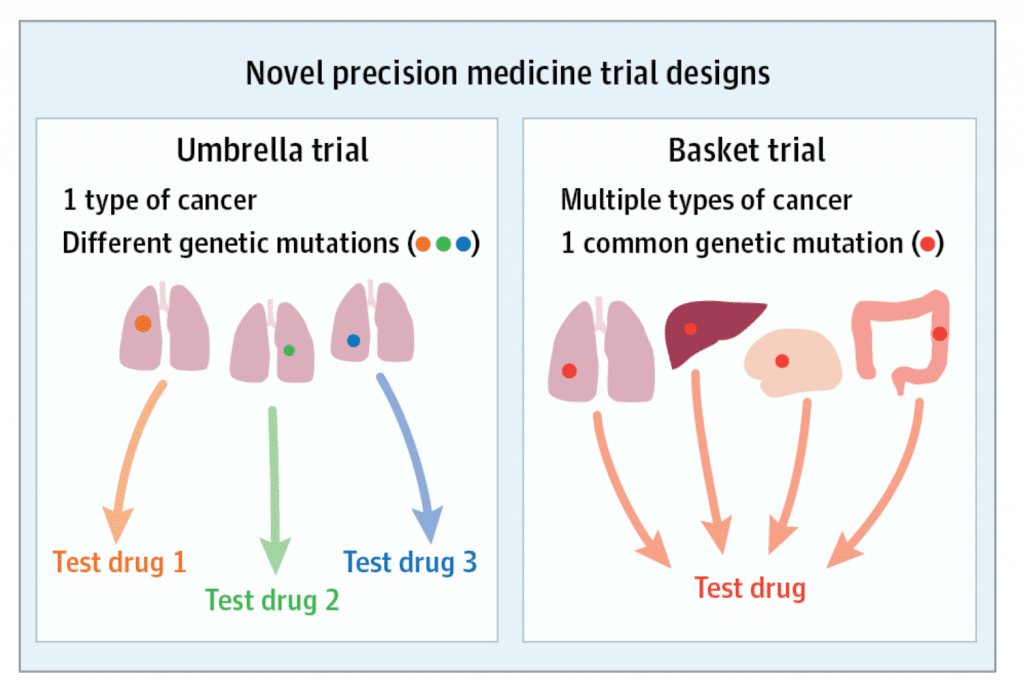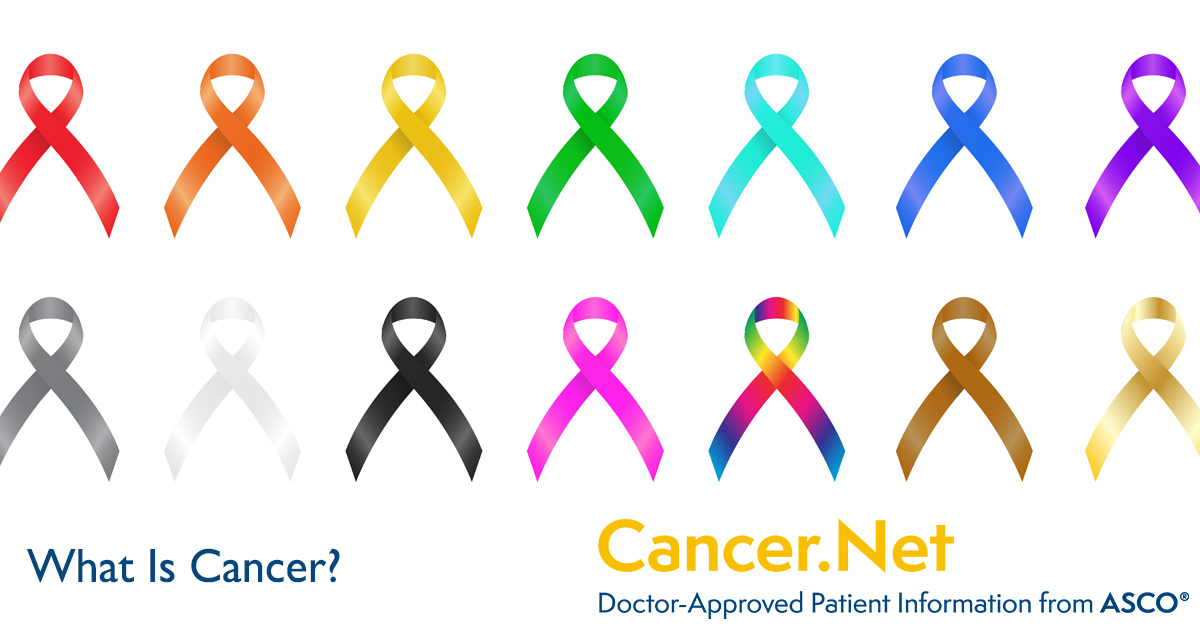Not known Facts About Pdx Models
Table of ContentsPdx Models Can Be Fun For AnyoneThings about Pdx ModelsA Biased View of Pdx ModelsPdx Models Fundamentals ExplainedMore About Pdx Models

Dealing with children requires various considerations compared with adult oncology, for example potential treatment negative effects might be various to those in adults. Because of these distinctions in between youth and adult cancers most children are treated in specialist paediatric oncology systems, in the UK about 80% of kids are dealt with at a UKCCSG centre.


The Main Principles Of Pdx Models
4 fifths of childhood leukaemia's are intense lymphatic leukaemias (ALL), other types include severe myeloid leukaemia (AML) and chronic myeloid leukaemia (CML). Brain tumours are the most common solid tumours in childhood, and make up about a fifth of all children's cancers. There are various types of brain tumours; medulloblastoma, astrocytoma and brainstem glioma are the most common.
Other malignancies found in children and young people consist of Lymphomas (Hodgkin's and Non-Hodgkins lymphoma), soft tissue sarcomas (consisting of rhabdomyosarcoma), bone cancer (osteosarcoma and Ewing's sarcoma), plus a variety of less common youth cancers. Histiocytocis is uncommon; it is not a true cancer, but in numerous respects behaves like one. About one in three individuals will have cancer throughout their life time, and after heart problem cancer is now the most typical cause of death in western nations.
The chart below programs the circulation of different cancer sites for Kentucky (U.S.A.) in 1993 based upon data offered by the Kentucky Cancer Computer System Registry. The incidence and kinds of cancer differs between and also within various countries. It will depend on group (population), environmental and other elements. For example there are differences in cancer occurrence between various racial groups, diet and environment may also affect cancer incidence.
The 4-Minute Rule for Pdx Models
The peak incidence of many adult cancers wants the age of 45 (eg. lung, breast and prostate cancer). Other cancers such as bone tumours, Hodgkin's disease, and cervical cancer are more typical in more youthful adults. Leukaemia is discovered in individuals of any ages and is one of the most common kind of cancers in adults aged under 35.
This guide aims to introduce the primary types of cancer in the context of the body system to which they most see here now carefully recognize. For example in the respiratory system (breathing) lung cancer is a common neoplasm. In general this is her response among the most common kinds of cancer and smoking cigarettes is understood to increase a persons risk for this illness.
Other cancers of the digestive system consist of those of the pancreas, stomach, esophagus, and other organs. For the cardiovascular system (heart and blood) cancers include leukaemia and plasma cell tumours. In the lymphatic system tumours are classified as either Hodgkin's or non-Hodgkin's Lymphoma. Thyroid cancer is the most typical kind of tumour in the endocrine system (hormones), while brain and back tumours are discovered in the main nerve system.
An Unbiased View of Pdx Models
Connected with the female reproductive system are cervical, ovarian, and other genealogical cancers. In males prostate cancer is one of the significant neoplasms, other cancers of the male reproductive system iclude testis and penile cancer. Connected with the urinary system are bladder and kidney cancers. Sarcomas (bone, soft tissue, or connective tissue tumours) belong to the musculoskeletal system. Miller RW, Young JL, Novakovic PH. Youth Cancer. Cancer 1994; 75:395 -405. Lukens JN. Progress Resulting from Scientific Trials: Solid Tumours in Youth Cancer. Cancer 1994; 74:2710 -8 Draper G, Kroll ME, Stiller C - PDX models. Childhood Cancer. In: Patterns in Cancer Incidence and Mortality. Cancer Surveys 1994; 19,493-517. Stiller CA, Allen MB, Eatock EM. Youth Cancer in Britain: The National Computer Registry of Youth Tumours and Incidence Rates 1978-1987.
Prescott DM, Flexrer AS. Cancer - The check my source Misdirected Cell. 2nd Edition. Sinauer Publishers (1986) The Kentucky Cancer Computer System Registry 1993 Cancer Incidence Report. URL http://web. kcr.uky. edu/home. html . Miller AB, Berrino F et al. Diet plan in the Aetiology of Cancer: a Review. Eur (PDX models). J. Cancer 1994; 30A:207 -220. This guide by Simon CotterillFirst developed fourth March 1996Last customized: 1st February 2014.

7 Easy Facts About Pdx Models Explained
T-cells also alert other cells to the presence of unhealthy or foreign cells.: These immune cells engage with T-cells to promote a body immune system response. These leukocyte neutrophils, eosinophils and basophils fight infections. Immune cells produce cytokines, protein molecules that act on other cells. Immunotherapy introduces large quantities of these proteins into the body.
Makes it easier for the body immune system to recognize and target cancer cells. Immunotherapy deals with various types of cancers, including but not limited to The main types of immunotherapy that doctor use to deal with cancer consist of: Doctor get rid of, change and after that reintroduce a person's modified immune cells into the body.
AUTOMOBILE T-cell therapy customizes T-cells with chimeric antigen receptors (AUTOMOBILE) that combat cancer. Other therapies consist of natural killer cells (NKs) and tumor-infiltrating lymphocytes (TILs). Vaccines stimulate an immune response to protect the body versus certain diseases. The human papillomavirus (HPV) vaccine protects against a contagious disease that causes cervical, anal, throat and penile cancers.